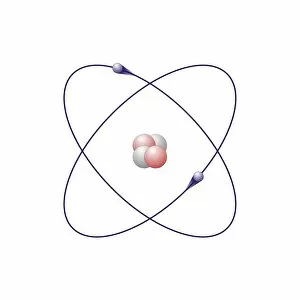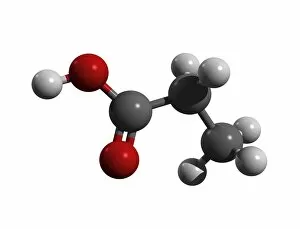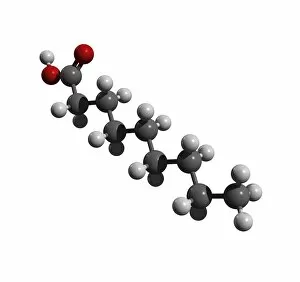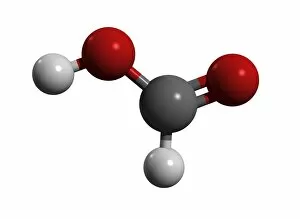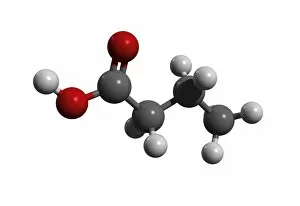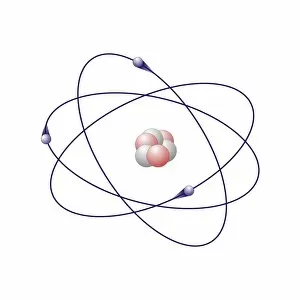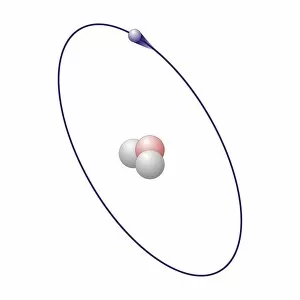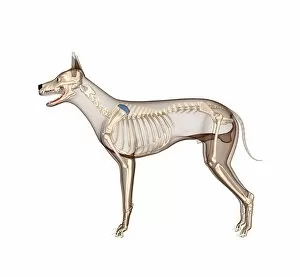Freistehend Collection
"Exploring the World of 'Freistehend': Unveiling the Beauty and Complexity of Nature's Creations" Step into a captivating world where art intertwines with science
All Professionally Made to Order for Quick Shipping
"Exploring the World of 'Freistehend': Unveiling the Beauty and Complexity of Nature's Creations" Step into a captivating world where art intertwines with science, revealing the intricate wonders of nature. In this mesmerizing journey, we delve into various realms, from dog anatomy to deer anatomy, each depicted through stunning artwork that celebrates their unique forms. Venturing further, our exploration takes us to the atomic level as we encounter beryllium, helium, and boron. Through meticulously crafted atomic models, these elements come alive before our eyes – showcasing their elegance and significance in shaping our universe. But it doesn't stop there; prepare to be amazed by cow anatomy portrayed through breathtaking artwork. Every muscle and bone intricately captured on canvas reminds us of the remarkable complexity within these gentle creatures. As we continue unraveling scientific marvels, propanoic acid molecule emerges as an exquisite masterpiece. Its molecular structure dances across the canvas like a symphony of atoms bonded together in perfect harmony. Next up is acetic acid molecule - a true testament to nature's ingenuity. Its delicate arrangement showcases how simplicity can often hold profound power within its bonds. Moving forward with our artistic expedition comes block and tackle artwork – an ode to human innovation. This mechanical wonder evokes admiration for mankind's ability to create tools that amplify strength and efficiency. The enchantment continues with pelargonic acid molecule gracefully illustrated on canvas. Its molecular dance captivates viewers' imagination while highlighting yet another fascinating aspect of organic chemistry. Prepare for an explosive encounter as bomb artwork takes center stage – reminding us of humanity's darker side but also serving as a reminder that even destructive forces can be transformed into thought-provoking art pieces symbolizing resilience or social commentary. Finally, formic acid molecule concludes this extraordinary journey through freistehend creations. With its distinctive shape beautifully rendered on canvas or sculpture alike - it serves as a reminder of the intricate beauty that lies within even the simplest of molecules.





